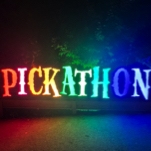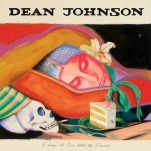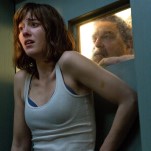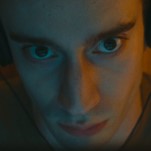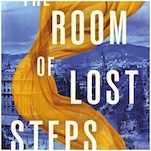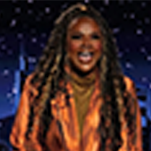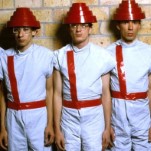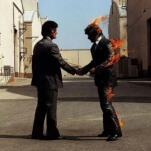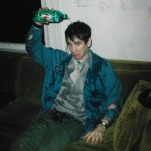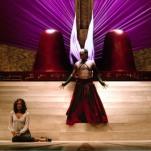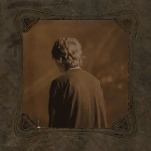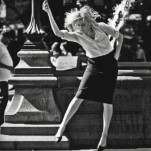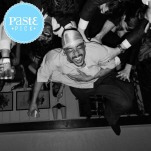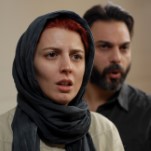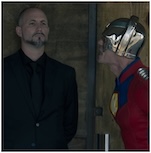Zombie by J.R. Angelella
The Slow Death of the Living Dead
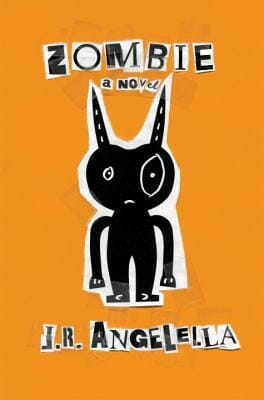
Zombies are nowadays such a common trope in pop culture it’s hard to remember why they ever frightened us in the first place. What’s to fear from fodder we kill in videogames, or from heavies in badly written serialized novels devoured by American teens? We have somehow become culturally desensitized to what the living dead represent for us—the terror of human embodiment.
Zombies appear, physically at least, human. They possess all of our attributes, but they are stripped of reason and emotion, and that is precisely what’s most horrifying about them … or what was terrifying, before overexposure made us stop paying attention.
It wasn’t always this way.
The supernatural metaphor of “the monster” lets us display and come to terms with legitimate human fears—on a 50-foot screen, no less. Werewolves represent masculine aggression. Vampires (before they, too, were defanged) evoked unrestricted carnality.
Zombies? Simpler … and scarier.
The zombie originally suggested we humans are simply moving, eating bodies. They showed us stripped of our souls, thought and rationality.
It’s a deeply horrifying conceit. Yet few of us feel zombie horror anymore. We see waves of zombies on our televisions, and we try to imagine just how we personally would survive a zombie apocalypse. Movies such as Zombieland send our thoughts wandering to zombie survival techniques. Mostly, zombies have morphed into adversaries we must logically outsmart instead of illogically fear.
If we still get the creeps, it’s because zombies present unending force, a display of power in numbers rarely seen away from a battlefield. What frightens us most is not the zombie we see on our TV … but the hundreds or thousands of them. There’s something deeply troubling about a seething mass of flesh. But even the surge of bodies has become so commonplace that, for most of us, the fear of zombies in numbers has dwindled too.
There’s ample room for debating why the zombie, so embedded in our lives, has grown so—forgive the pun—endemic.
Is it just a fad, like hula hoops or pet rocks? The plethora of zombie films in the last 10 years suggests as much. Or do zombies really speak to contemporary life in some novel way?
At first, Zombie by J.R. Angelella, seems to want to provide a theory in the form of fiction. Alas, it quickly becomes clear that the novel would rather use zombies as fleshy window-dressing than really delve into any reasons for their appeal.
-

-

-

-

-

-

-

-

-

-

-

-

-

-

-

-

-

-

-

-

-

-

-

-

-

-

-

-

-

-

-

-

-

-

-

-

-

-

-

-



